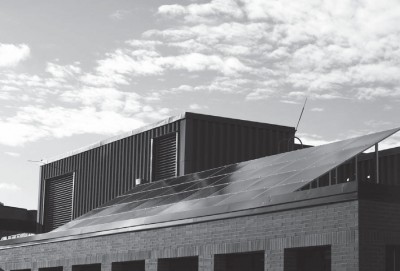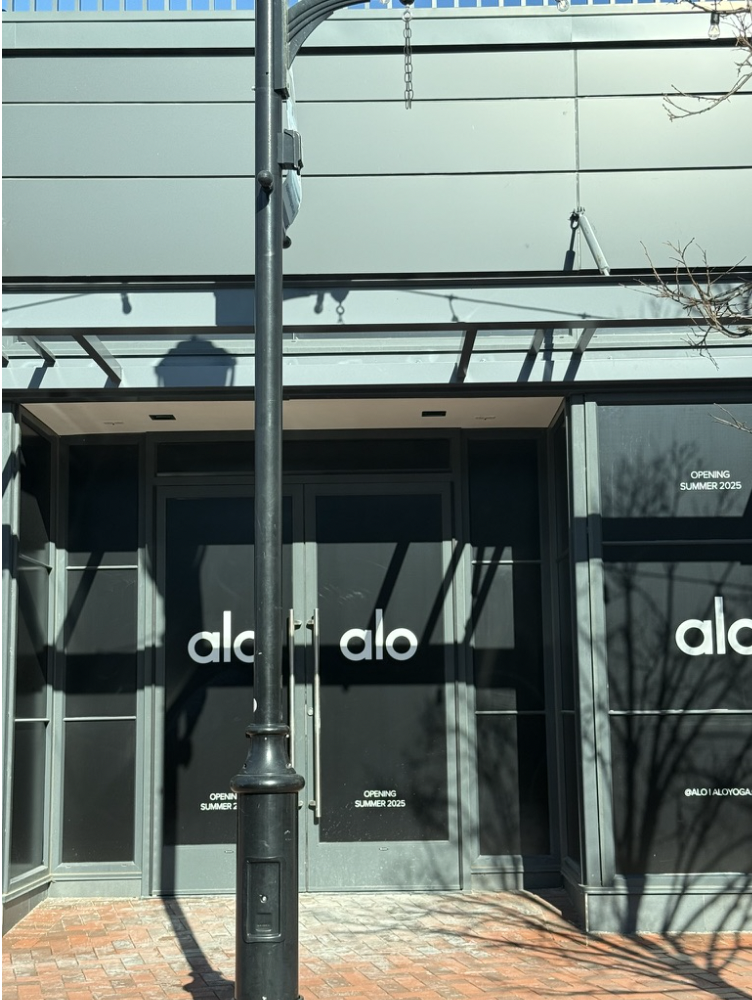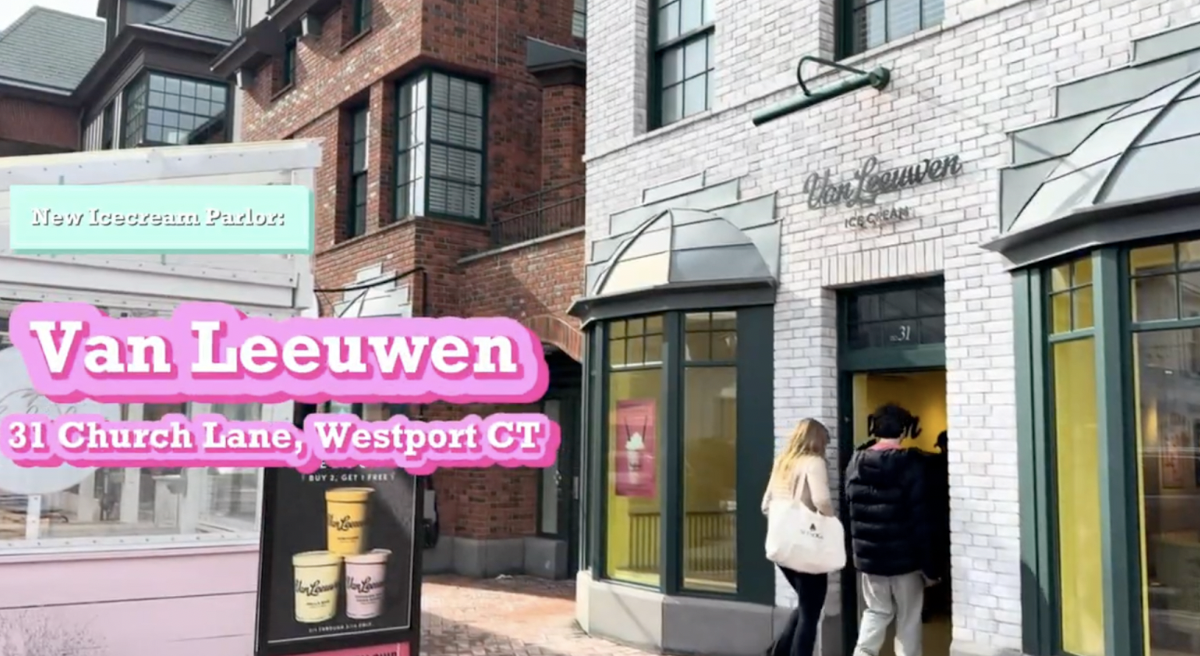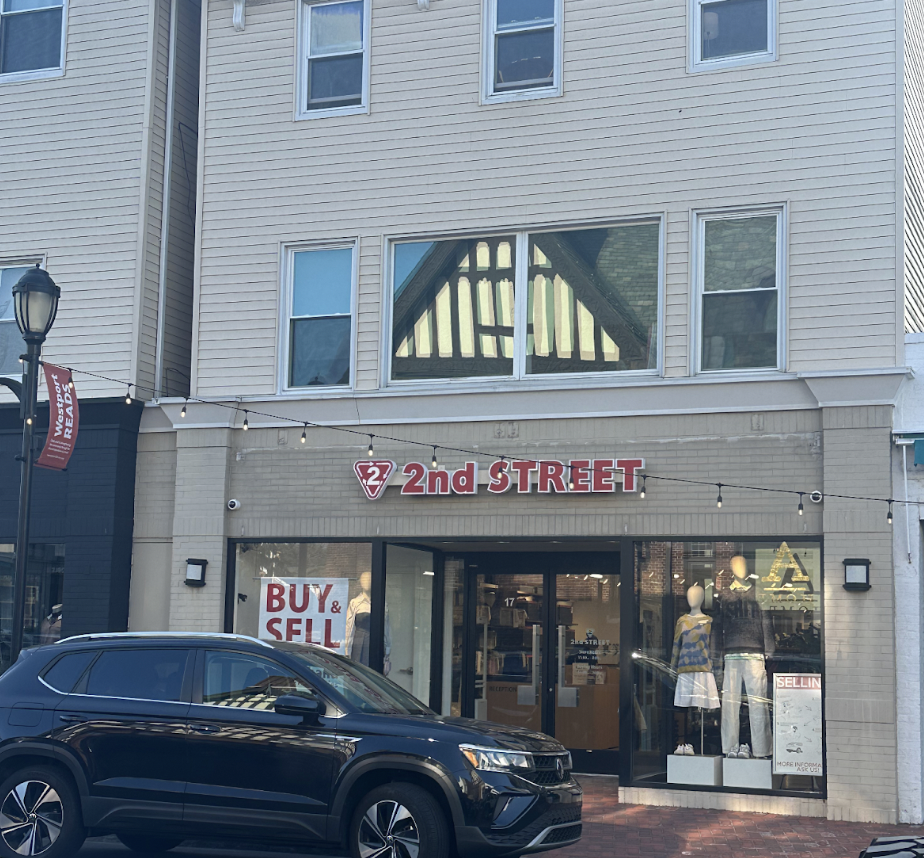Cheyenne Haslett
’13
Web Features Editor

Imagine Staples without the edible garden, without the two separate recycling bins in every classroom, without the bins in the front of the school for old light bulbs and old batteries, and without the solar panels covering part of the roof to collect solar energy.
This is what Staples would be without Club Green.
When Club Green was founded in 2005, its sole mission was to install solar panels at Staples.
Last year, that goal was achieved. The combination of over 500 signatures from residents around Westport, as well as help from Connecticut Clean Energy Fund, who donated and installed the panels for free, helped the students reach their long-worked-towards goal.
“Connecticut Light & Power (CL&P) created a program so that for every 100 households that sign up, the town would get a 2 kilowatt solar panel system. The 8+ kilowatt system is the result of over 400 Westport households signing up, and a large reason why we have so many sign-ups is through the efforts of Club Green,” said Michael Aitkenhead, faculty advisor of Club Green.
The solar panels are an eight kilowatt system. But according to Ben Meyers ‘11, co-president of Club Green, they do not directly power any rooms at Staples. “The solar energy we’re collecting goes to and we get a cost deduction on our energy bill, depending on how much energy we collect.”
“The electrical closet has a machine that measures the wattage that the solar panels have collected,” said Delbert Layne, Head Custodian. Right now, Staples collects enough energy from the solar panels to power two to three classrooms.
“The goal is to get the whole school powered by solar panels, but obviously that will take a long time,” Nicole Brill ’11, co-president of Club Green, said.
A way to do this is by putting “an 800 kilowatt system on Bedford Middle School, because then you could theoretically power a whole building, and the town could make a profit,” Meyers said.
As well as harnessing solar energy, a future goal for Club Green is to monitor Staples’ energy use.
“We want to get a meter to measure how much energy the school uses at a given time so we can regulate it,” said Meyers.
Not only will this help Staples reduce its carbon footprint, but it is another way for Club Green to make Staples more eco-friendly. Club Green is well on its way to accomplishing this, and solar panels are just the beginning.
A way, in which Staples could have used its solar panels to become responsible for a whole company using green energy was a bill, which Connecticut failed to pass, but Club Green was in support of.
The idea was that, “a private company uses our roof space to generate solar energy. Staples doesn’t have to pay the cost of installation (which is huge) but we would still benefit, because the company would sell the electricity back to us at a cheaper rate than what we pay for currently,” Aitkenhead said. However, because “Connecticut failed to pass legislation to support such incentives . . . it looks like widespread solar is going to have to wait a bit longer.”
Even without the bill being passed, Club Green is working hard to do its part at Staples, and has seen a difference.
Already Club Green has noticed “kids recycling all the time, and its becoming cool, or trendy,” said Brill. she continues, saying, “everyone should recycle!”
Also, Brill was a supporter of the former Governor of Connecticut Jodi Rell’s bill. This could help Staples cover the entire roof in solar panels and sell the energy off to another company. If this were to happen, Staples may be held responsible for a company becoming eco-friendly. “This step is far down the road, but possible,” said Brill.
Any way you look at it, it is clear that Club Green has made an impact.
“Last year, I could look out of my AP Economics class and see the solar panels being built, then completed,” said Meyers. www“It’s so cool to be able to see that myself and know that other kids will see that. It is real, and now people know it can happen right here at home.”
“It took a few years, but to actually see it happen and to have the panels here is a real triumph and something we’re very proud of,” Aitkenhead said. Brill and Meyers agreed that hearing about change happening is one thing, but to finally see change happen is another.
“The hardest part is always getting the ideas passed by the town because they are expensive, and a lot of people don’t think we can finish the job. But, the panels on Staples prove how we can,” said Meyers.













































